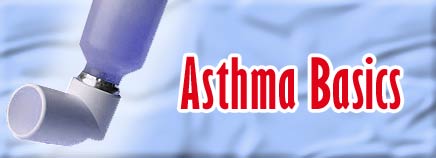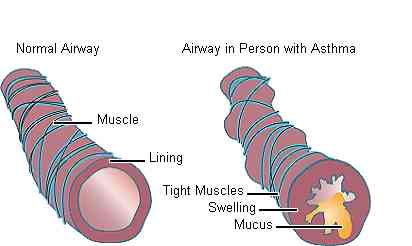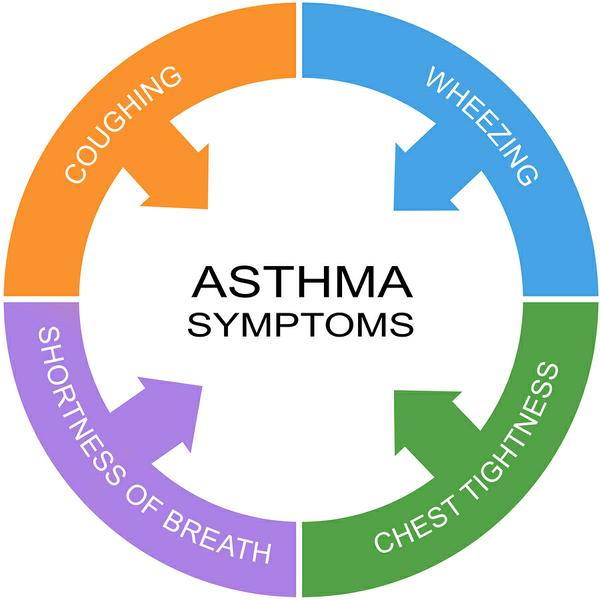The second part of this series on how your body changes with age is about your muscles. This section combined with the previous skin section explains why you wrinkle. As before, I’m going to go through system – changes – challenges – solutions. If you’re keeping score, especially focus on the take home messages within solutions. I welcome any questions or comments.
Changes: Did you know that muscle cells are unable to replace themselves once they are formed? Therefore, muscle cell loss is permanent. Plus, muscular response gradually slows with age. That said, the loss of muscular capabilities over time is by far the result of cell loss due to inactivity. As muscle cells are lost, weakness and slowness increase. Plus, some of you don’t exercise at all, or as much/vigorously as you used to, so you’re not building up anything new.
Challenges: The effects of these changes on our health status are mostly due to the fact that the muscles are the main tools for effecting strong circulation throughout the body (i.e. muscular contraction pushes blood around). As the muscles become smaller, including the muscles in the face, and as fat tissue accumulates, including in the face, the entire appearance changes to that of an older person, with all the ramifications described in the post on the description of skin changes with aging. In addition, as muscle fibers decrease, weaken, and slow, it becomes increasingly difficult to keep up with younger people, who may make allowances, but who may also become avoidant. Your recognition of this creates a vicious cycle, and you eventually settle into ‘being old’.

Solutions: In two words – exercise & activity. A well designed, consistently followed exercise program addressing both strength and response is indispensable for the maintenance of muscle cells, and of good health over time. A personal trainer is a pretty good idea after a certain age. You neither need to under nor overdo your weight lifting regimen. In any event, move those muscles as much as you can, whether via walking, yoga, running or sex. Being a couch potato is never a good thing.
Post-scripts:
- Another thing that very few of us do is stretch. Those old muscles are tight, and the tendons/ligaments are short and ready to pop. You really must stretch before your weekend warrior events or most any big exertional activity. That’s a big part of why yoga promotes longevity.
- Fortunately, the main muscles of the heart and the diaphragm (your breathing muscle) do not lose muscle fibers with age because they are continually active. Yet, your heart and lungs have their own problems besides the muscles. That topic is forthcoming. All that said, be mindful that through ongoing exercise and training, you can stem the tide on these changes.
Young is as young does.
Feel free to ask your SMA expert consultant any questions you may have on this topic.
Take the #72HoursChallenge, and join the community. As a thank you for being a valued subscriber to Straight, No Chaser, we’d like to offer you a complimentary 30-day membership at www.72hourslife.com. Just use the code #NoChaser, and yes, it’s ok if you share!
Order your copy of Dr. Sterling’s new books There are 72 Hours in a Day: Using Efficiency to Better Enjoy Every Part of Your Life and The 72 Hours in a Day Workbook: The Journey to The 72 Hours Life in 72 Days at Amazon or at www.72hourslife.com. Receive introductory pricing with orders!
Thanks for liking and following Straight, No Chaser! This public service provides a sample of what http://www.SterlingMedicalAdvice.com (SMA) and 844-SMA-TALK offers. Please share our page with your friends on WordPress, like us on Facebook @ SterlingMedicalAdvice.com and follow us on Twitter at @asksterlingmd.
Copyright © 2018 · Sterling Initiatives, LLC · Powered by WordPress
The post Straight, No Chaser: The Other Side of 40 – The Musculoskeletal System – Changes, Challenges, Solutions appeared first on Jeffrey Sterling, MD.






